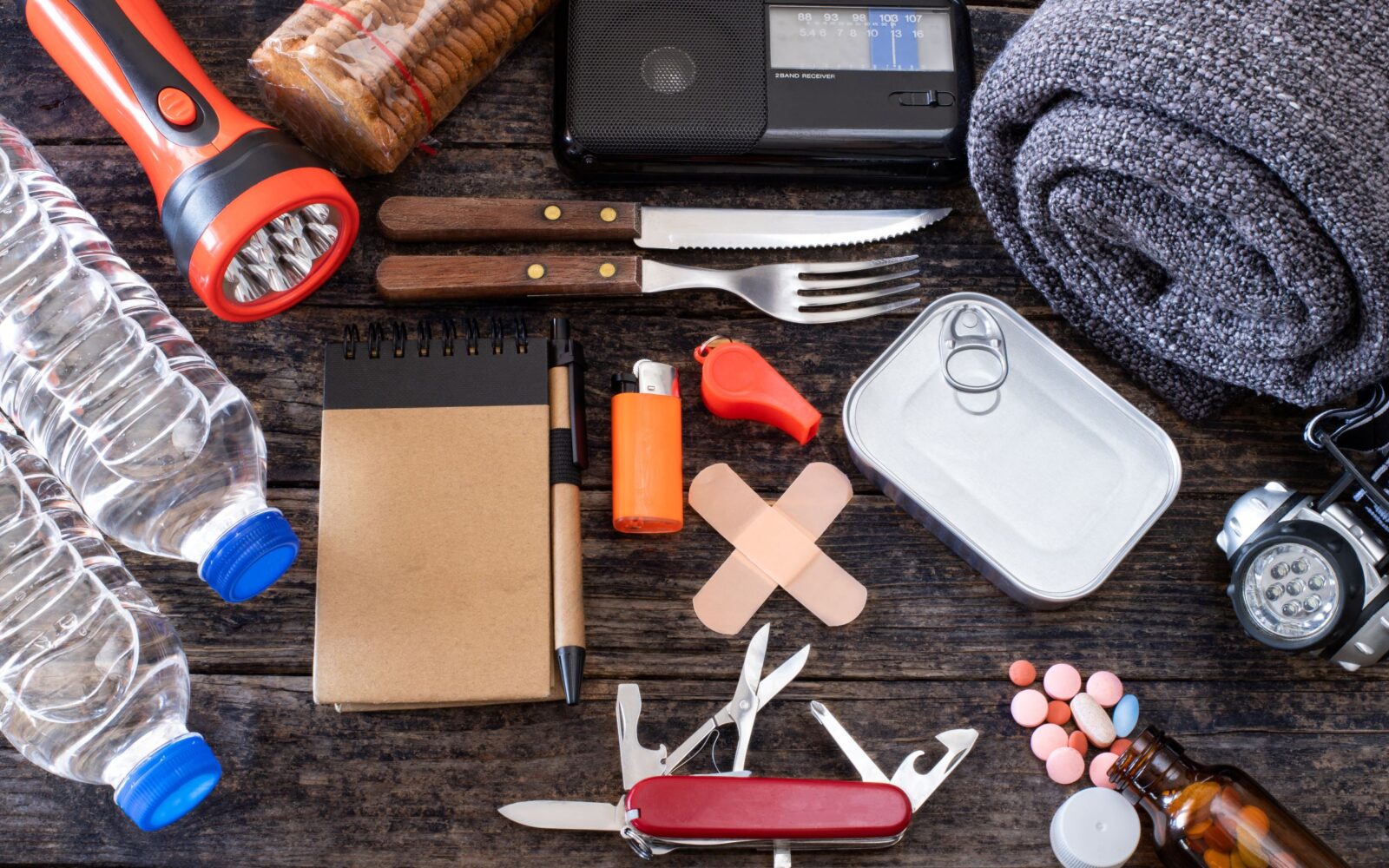Community Hearing Loss Tinnitus
Winter Sounds You Don’t Want to Miss
Winter Sounds You Don’t Want to Miss: How to Keep Your Hearing Aids
Now part of the Beltone Hearing Care Network, visit www.beltonesound.com for a complete listing of all locations in the US


Community Hearing Loss Tinnitus
Winter Sounds You Don’t Want to Miss: How to Keep Your Hearing Aids

Thanksgiving has a way of sneaking up on us. One minute you’re still

Studies show that untreated hearing loss can negatively impact our
Testimonials
For more than 40 years, families across the Willamette Valley have trusted Salem Audiology Clinic with their hearing care. Here’s what some of our patients have shared about their experience with us: